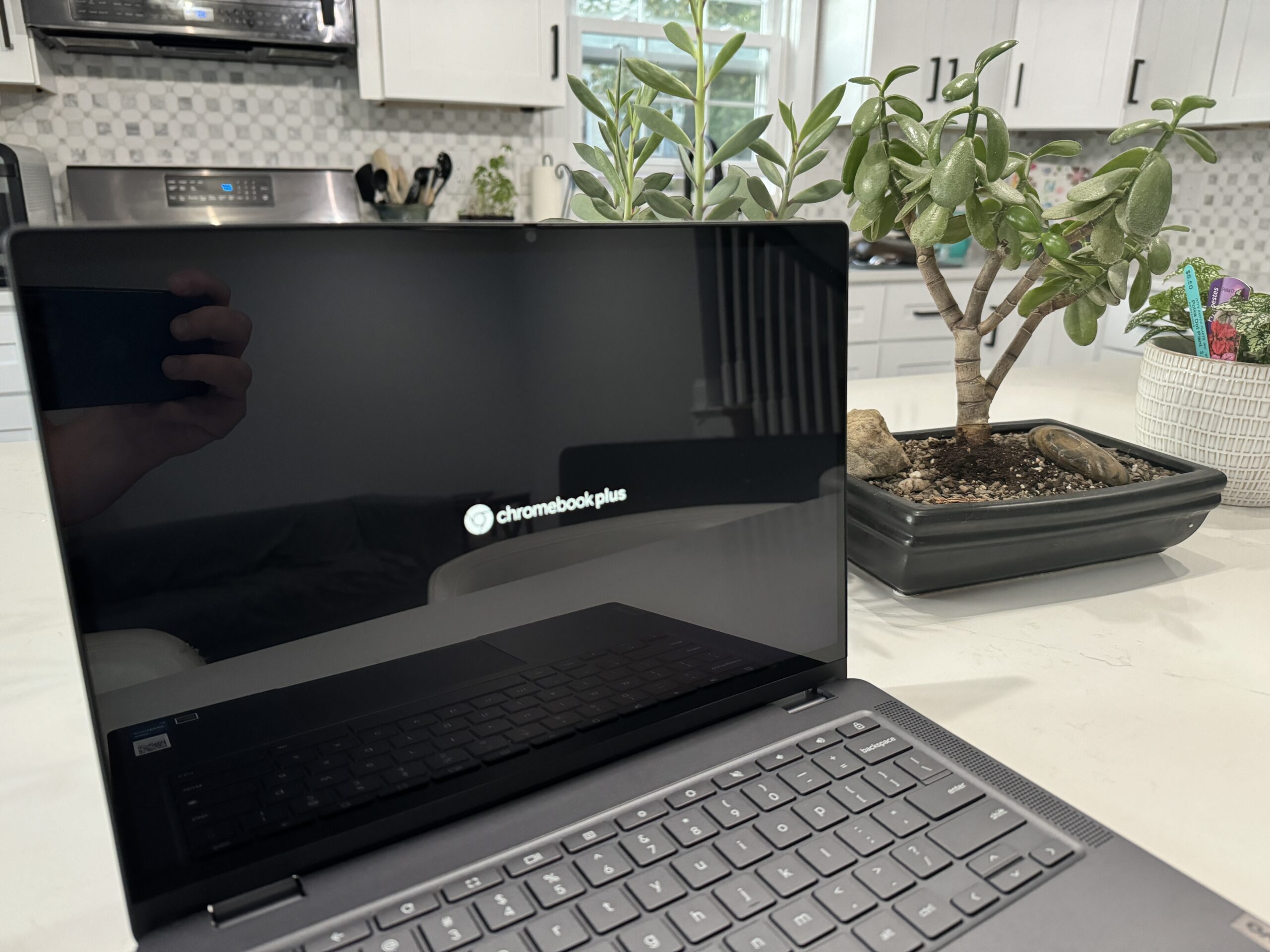If you’re getting your first Chromebook, it can be a little overwhelming on what to buy. Depending on what you plan to do on your Chromebook, the choices and prices can vary wildly. I use Linux heavily on mine, so I gravitate towards pricier models, for example
And unlike the Apple approach where there are just a few Macbook models and some customization options, Chromebooks are more akin to Microsoft-powered Windows laptops: There are a bunch of brands that make them such as Acer, Asus, Dell, HP, Lenovo, Samsung, and others. My Chromebook buyers guide might help you make an informed purchase.
Be cautious buying a Chromebook from Amazon
For starters, I highly recommend reading an article I wrote in 2020 about Chromebook options from Amazon. I’m surfacing that article for a very good reason: Amazon lists many old Chromebooks as “new”, “newest” or “2020” models, when in fact, they aren’t.
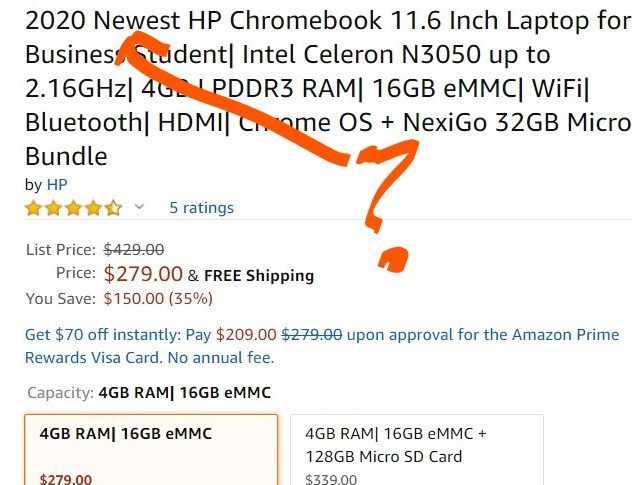
Some of them are four years old and although based on the prices, they may look like good deals, they generally aren’t. For just a little more money you actually can get the newest or 2020 model of a Chromebook, depending on your budget.
And in case you don’t read that article, the key here is that Google provides automatic Chrome OS software updates for these devices, but only for a specified time frame. And you don’t want to spend money on a laptop that’s going to stop getting those software and security updates in the next year or so, given that new Chromebooks get up to 10 years of such updates.
All new Chromebooks run the Chrome browser, Android apps, and Linux software out of the box these days, although the latter two are options you can choose to enable or ignore.
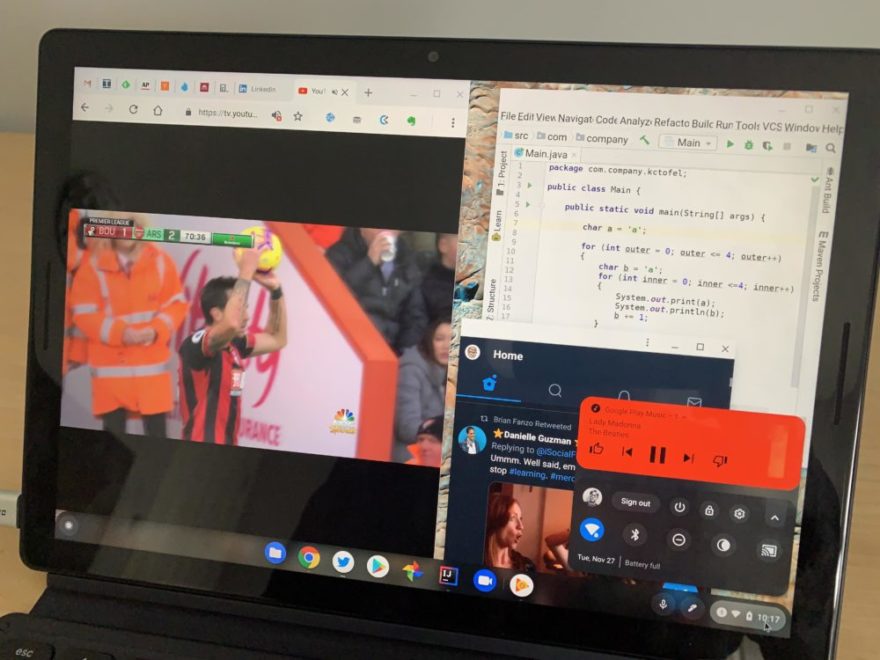
Your budget will highly determine the power, performance, and features of your Chromebook, so I’ll break this guide down into three budget brackets, highlighting what you should look for and expect from a device in each price range.
Entry level devices for around $300 or less
The lowest budget devices are still very capable for web browsing and web apps, although it will depend on how many browser tabs you plan to have open simultaneously. They will also handle Android apps; just don’t expect to run several at the same time. As far as using Linux apps? I’d have very low expectations here due to limited memory and processing power, although it can be done in a pinch.
Essentially, here’s what I’d look for and expect in this price range:
- Intel Celeron processor, preferably the newer N5000 although an N4020 or N4010 should suffice
- OR an ARM processor such as the MediaTek Kompanio 528 or Qualcomm Snapdragon 7c, preferably the second generation chip.
- At least 4 GB of RAM, which is pretty typical in this price range. Occasionally you might see a sale price for an 8 GB Chromebook around or just over $300
- Try to skip a mediocre screen in the 11.6- or 14-inch size. By mediocre, I mean the resolution will likely be 1366 x 768 and not full HD, or 1920 x 1080. Check to see if the screen is touch-capable as some aren’t in the entry-level segment. Not having a touchscreen may be OK but some people do prefer touch navigation for Android apps. Look for a display with at least 250 nits of brightness as well.
- If possible, ensure you have 64 GB of local storage. Many low-cost Chromebooks come with 32 GB, so pay attention to this spec. Most also come with a memory card slot to add storage, so that can help, but having at least 64 GB will come in handy.
- Expect a non-backlit keyboard. Finding a Chromebook for under $300 with backlit keys is often the exception, not the rule.
- The Chromebook will probably be made of, or mostly of, plastic in this range. Some may have aluminum behind the display; even so, you’re not going to find an all-metal chassis in a new entry-level Chromebook.
- You definitely want at least three USB ports, more if possible. A pair of USB Type-C ports can be handy, particularly if the Chromebook has one on each side. Having at least one USB Type-A port is useful for connecting older devices to your Chromebook.
Here are some of the devices that meet most of the above recommendations for basic browsing and occasional Android use in this price range; click the image to read either my reviews/coverage or to see the current online price. These are some suggestions to get you started:
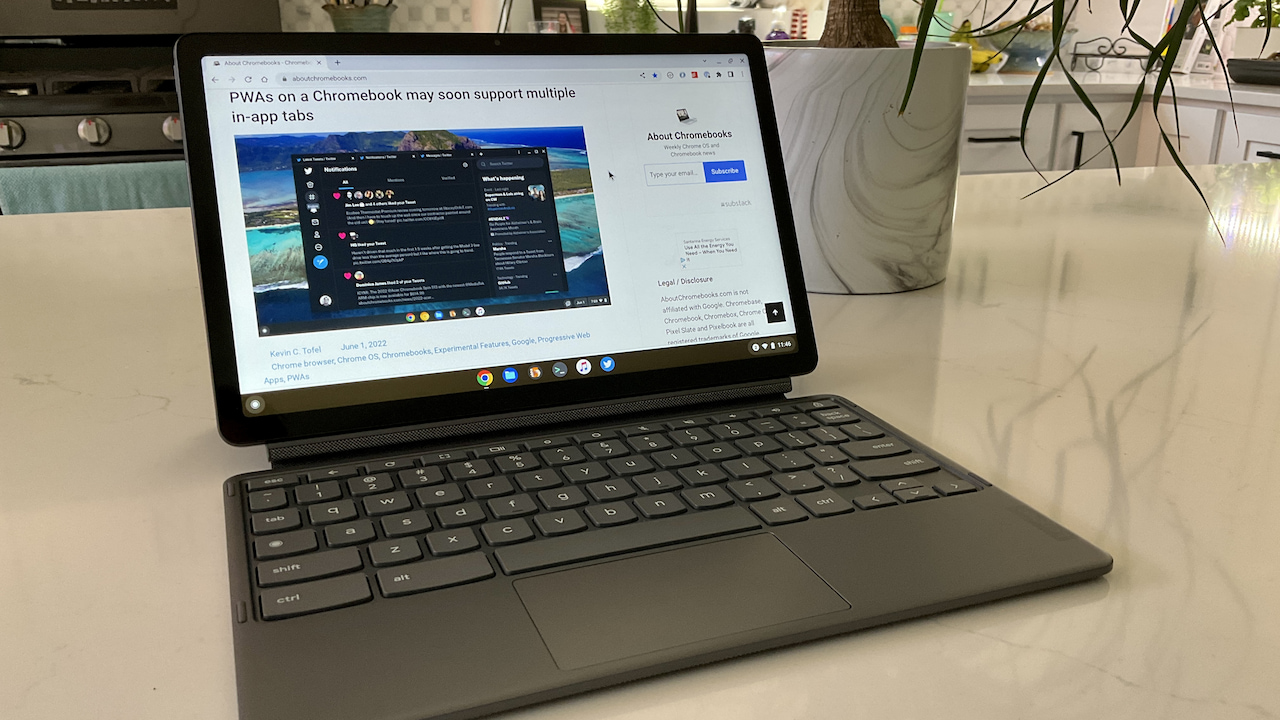
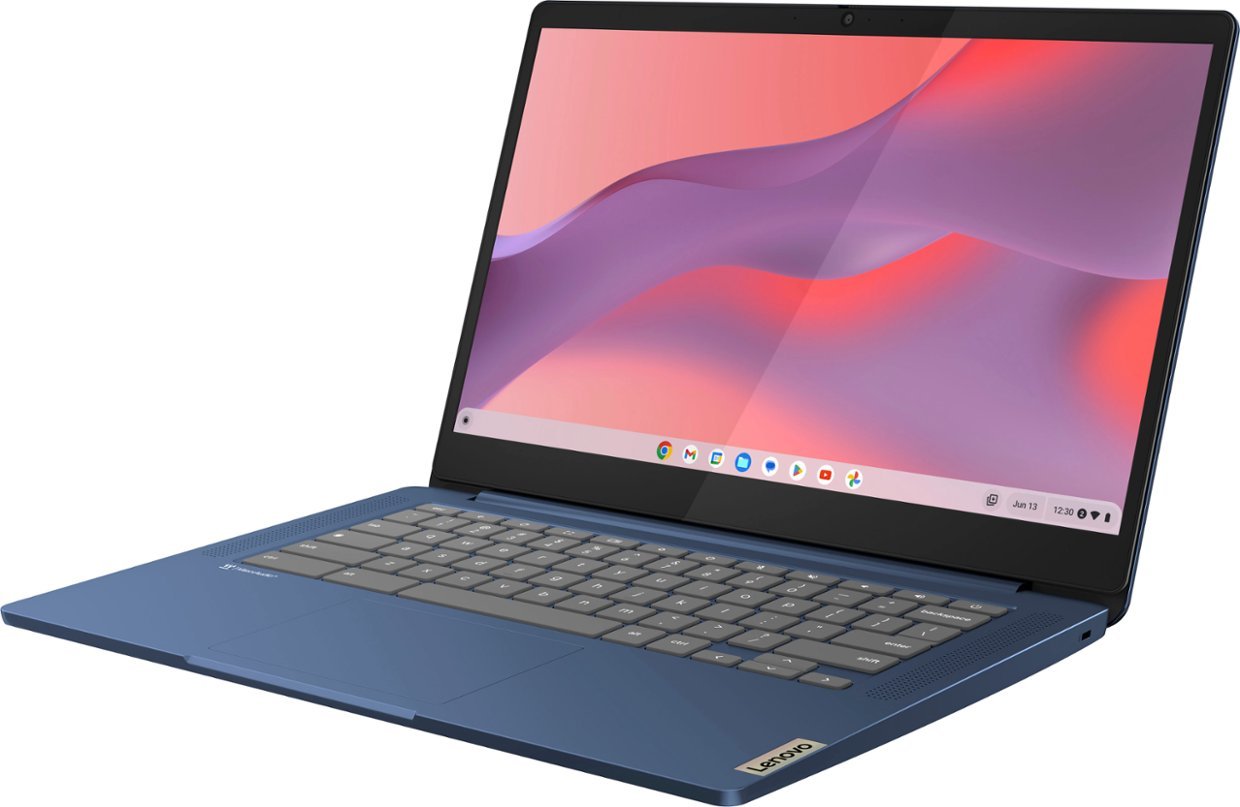
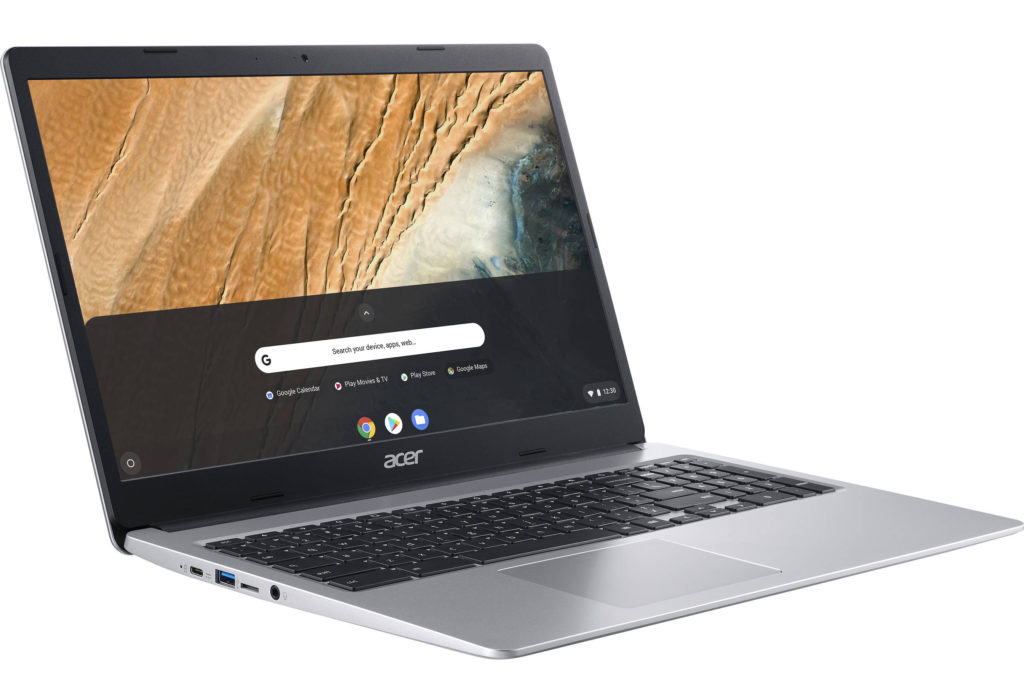
A mid-range Chromebook choice is easier now
Once you step up to this price range, you’ll notice big differences, and not just with performance. You’ll see some metal chassis parts, better build quality, higher resolution displays and more. These are ideally suited to handle a good 12 to 20 Chrome browser tabs at the same times, can run more intensive Android apps or games and could be used as a solid part-time Linux laptop as well.
In October, Google introduced a new category called Chromebook Plus devices. If you’re spending more than $300 but less than $550 or so, I highly recommend narrowing your choices to a Chromebook Plus model. All of these meet certain hardware and standard to ensure a solid experience.
Google Chromebook Plus devices meet or exceed the following:
- Intel Core (i3 or higher) or AMD Ryzen (7000 series) CPU,
- 1080p IPS display. Note that touch is not a requirement.
- 1080p webcam with temporal noise reduction
- 8 GB of RAM,
- 128 GB of storage
Remember, these are the minimum requirements.
You’ll find Chromebook Plus models with 256 GB or more of storage, for example. Some have displays that are higher than 1920 x 1080 resolution as well.
Some suggested devices to consider, although there are many options in the $300 to $550 range:
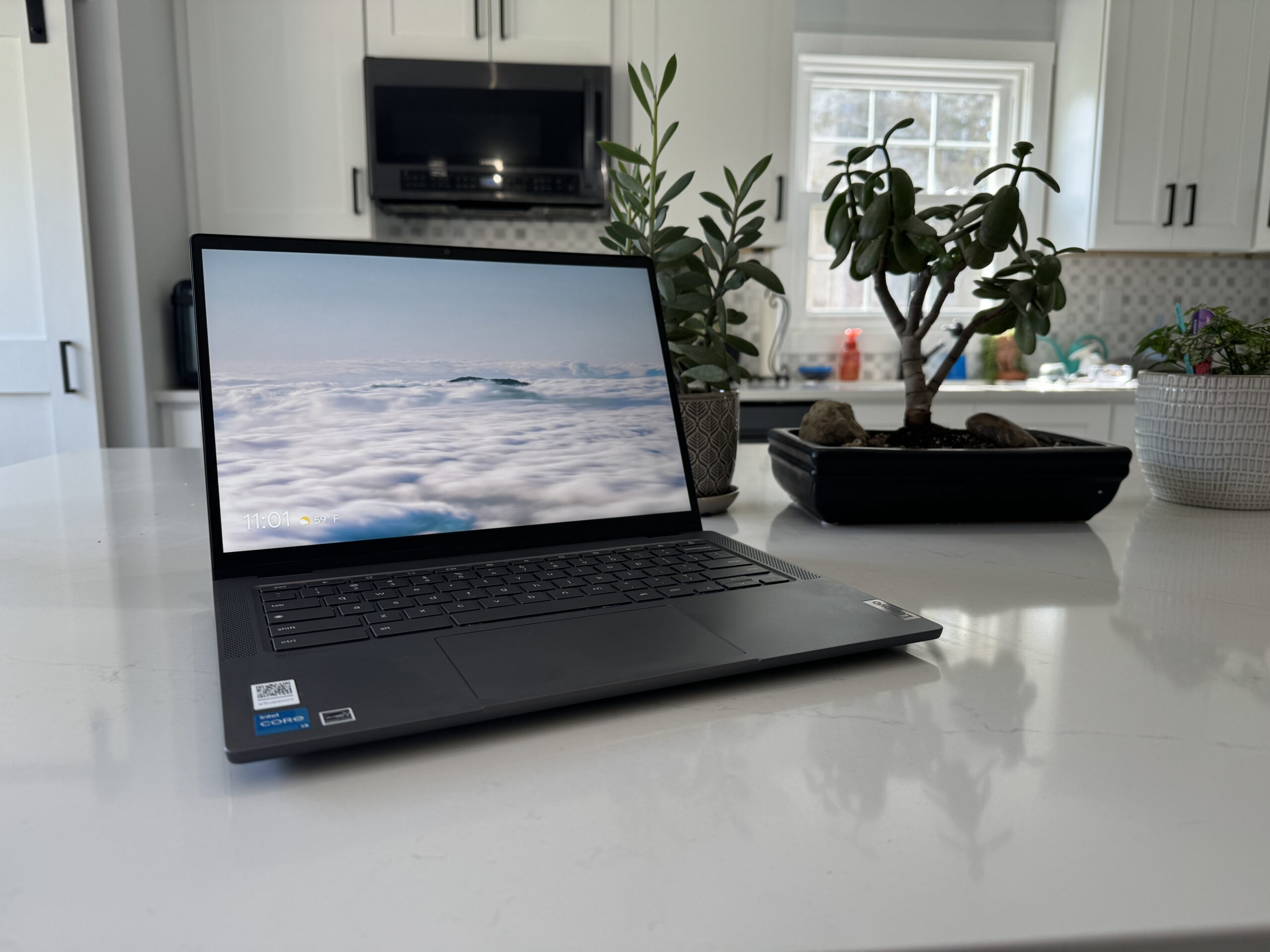
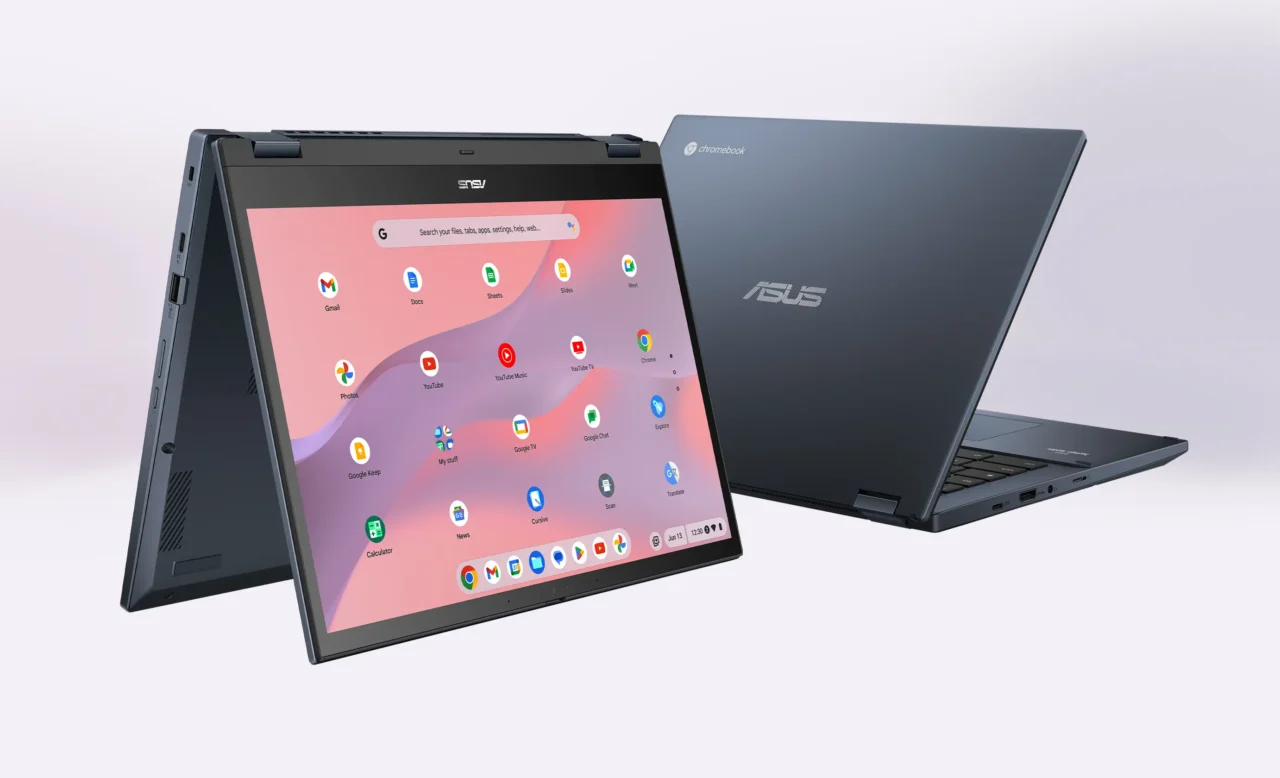
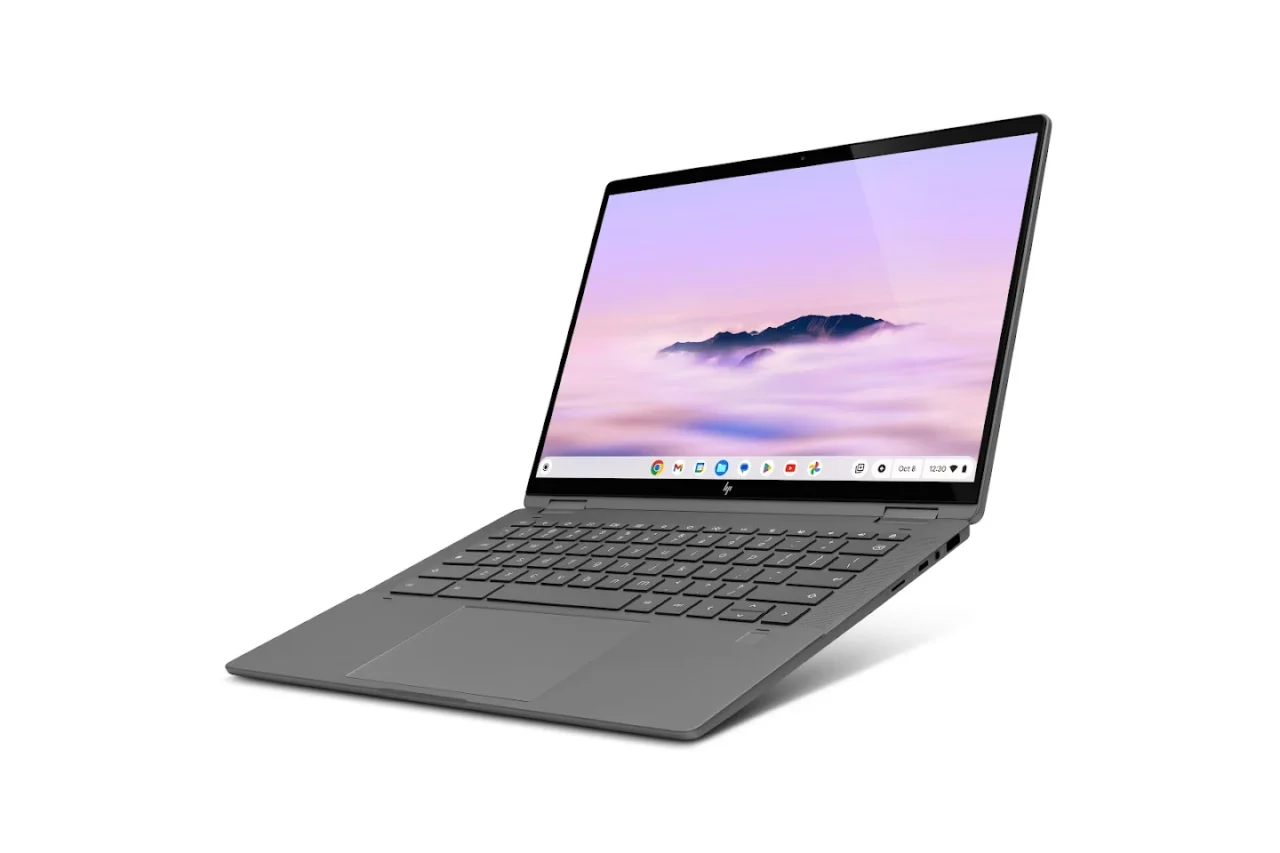
A high-end Chromebook can exceed $600
It used to be that there were very few choices in this price bracket; over the past two years, however, that’s changed in a huge way. You can spend $600 or more on a Chromebook from just about all of Google’s hardware partners or from Google itself. These are premium devices with the highest possible performance in a Chromebook that can deal with just about any task you throw at them.
Some expectations and things to look for with premium models include:
- Intel Core i5 or Core i7 processors. Again, look for 12th-generation processors if possible. 13th-gen is better.
- In terms of memory 8 GB is essentially the standard, although a few Chromebooks can be had with 16 GB of memory for an additional cost
- Again, Most screens in this price range are in the 13-, 14- or 15.6-inch sizes with 1920 x 1080 resolution and a touchscreen.
- Expect 128 GB of local storage if not even 256 GB. If possible, get a Chromebook that uses faster NVMe storage instead of the slower eMMC type.
- Again, look for four USB ports, preferably split up to be on each side, i.e.: one Type-A and one Type-C on both left and right. A few models here may have an HDMI out port for an external monitor as well.
- Speaker sound and overall build quality should be noticeably better on these Chromebooks. They’re also likely to be thinner and lighter, so if that’s your thing, expect to bust out the wallet. Some include a fingerprint sensor for easier logins.
A few options to consider in the premium segment:
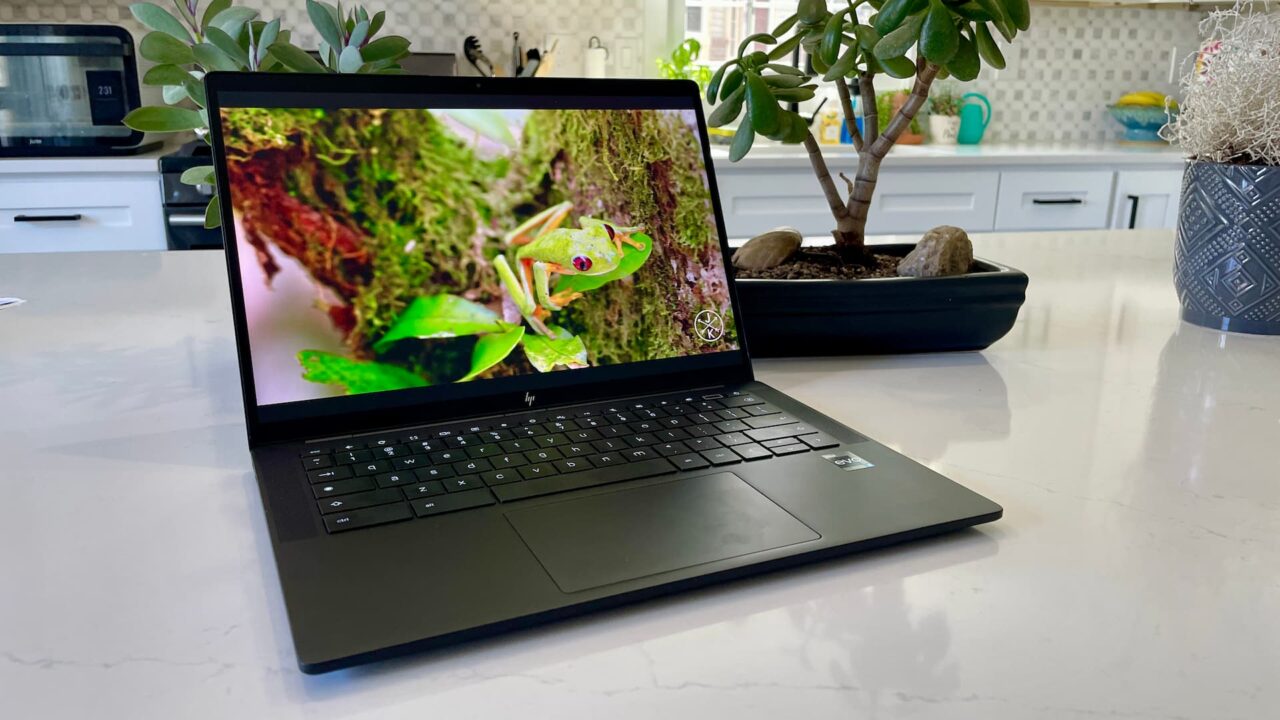
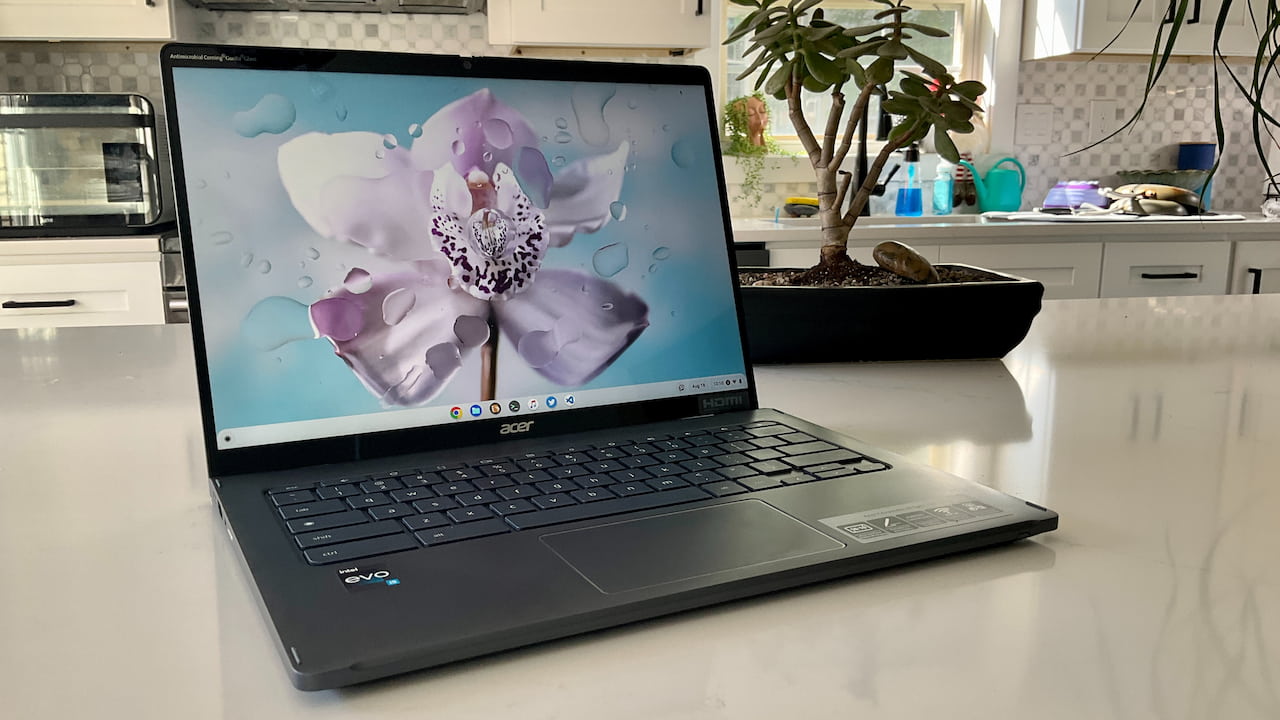
One more thing…
There are thousands of people who have commented on this site since I started it and many are Chromebook owners as you’d suspect. So take advantage of the community here if you’re buying your first Chromebook: Leave a comment with your budget and how you expect to use the device, or what features you’d like to have. I’m sure seasoned Chromebook owners will offer helpful suggestions and feedback!
Note: Originally posted on July 13, 2020 and has been updated with newer device recommendations
The post Chromebook buyers guide for late 2023 to make a smart choice appeared first on About Chromebooks.

